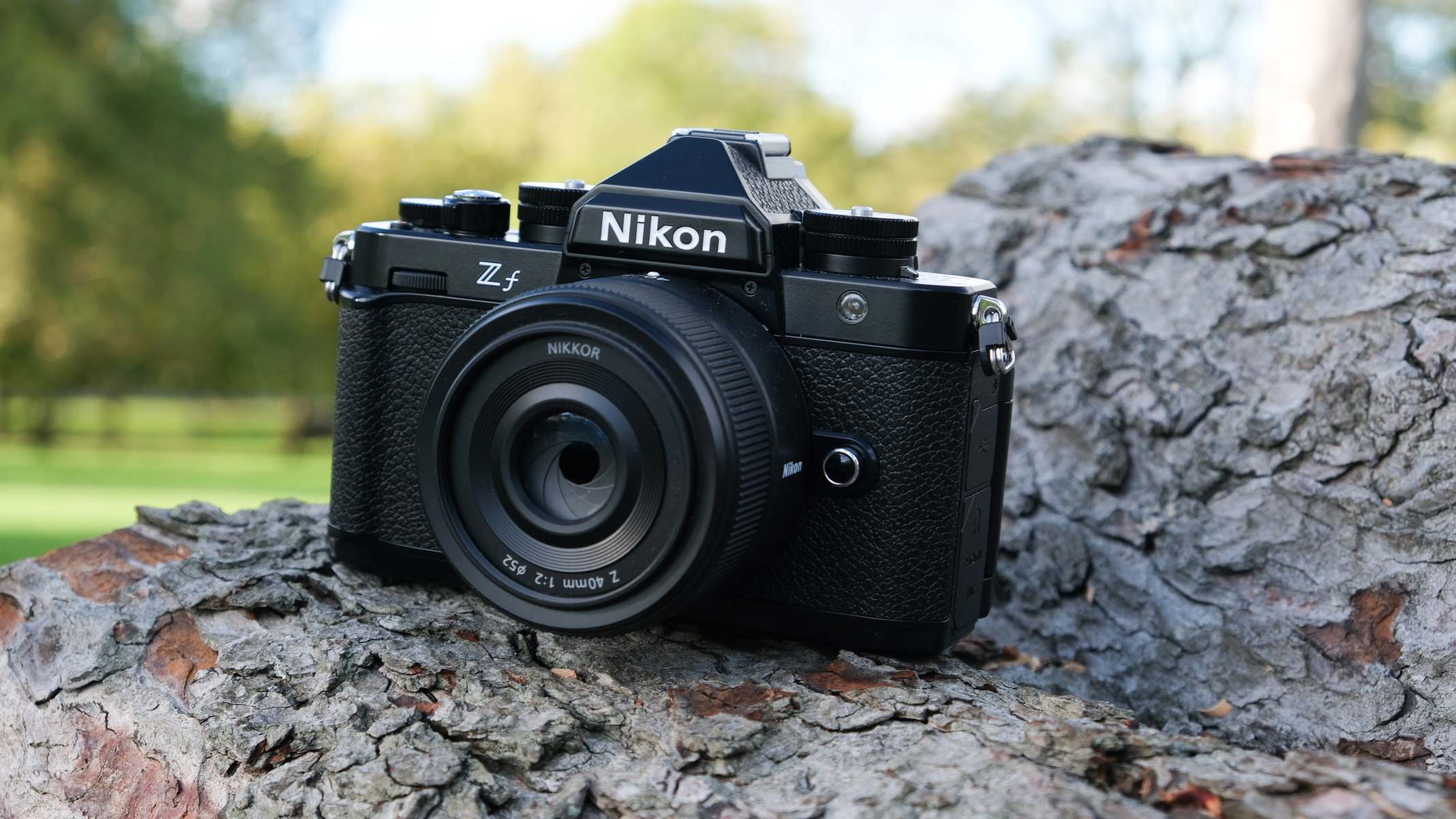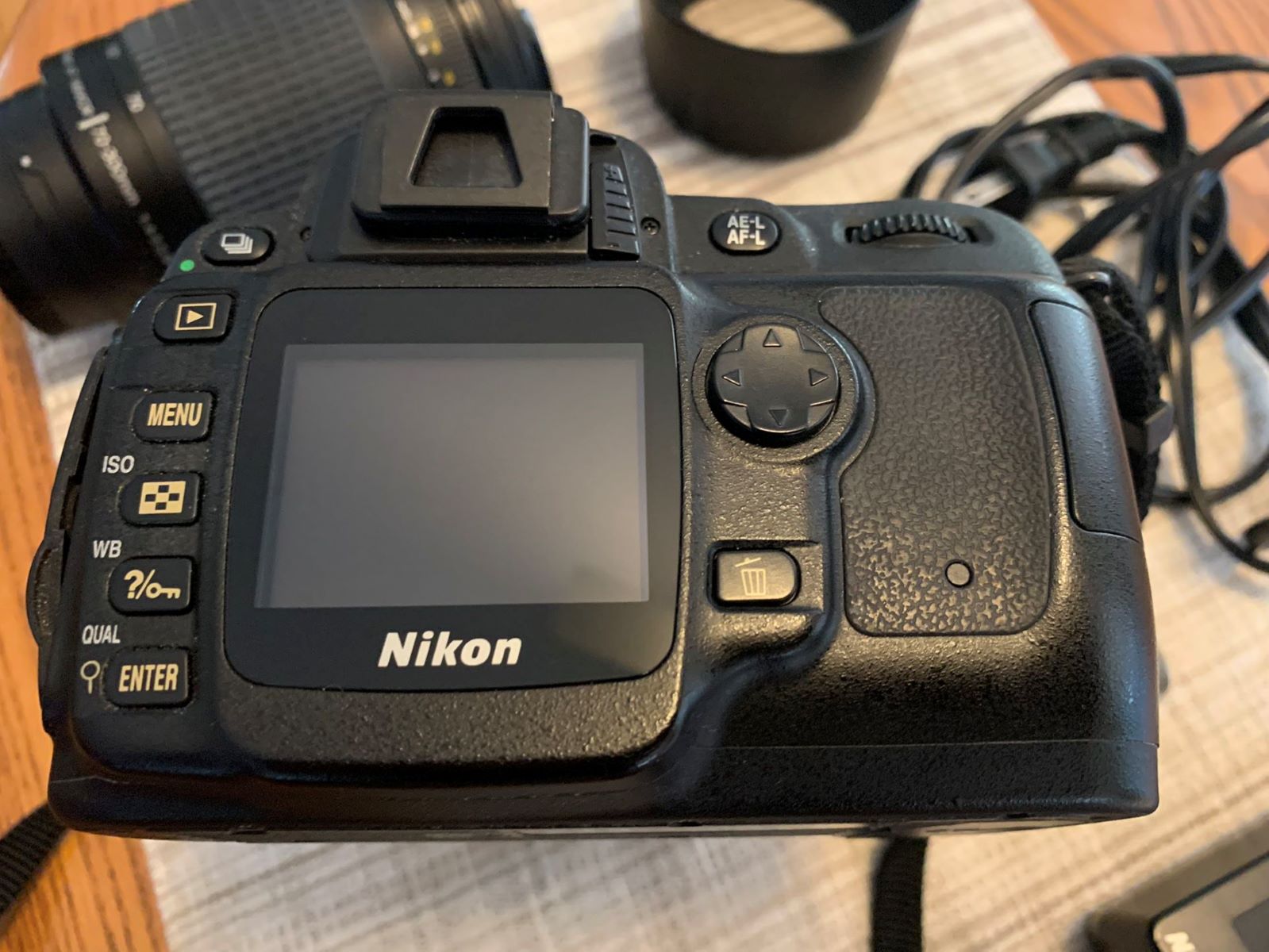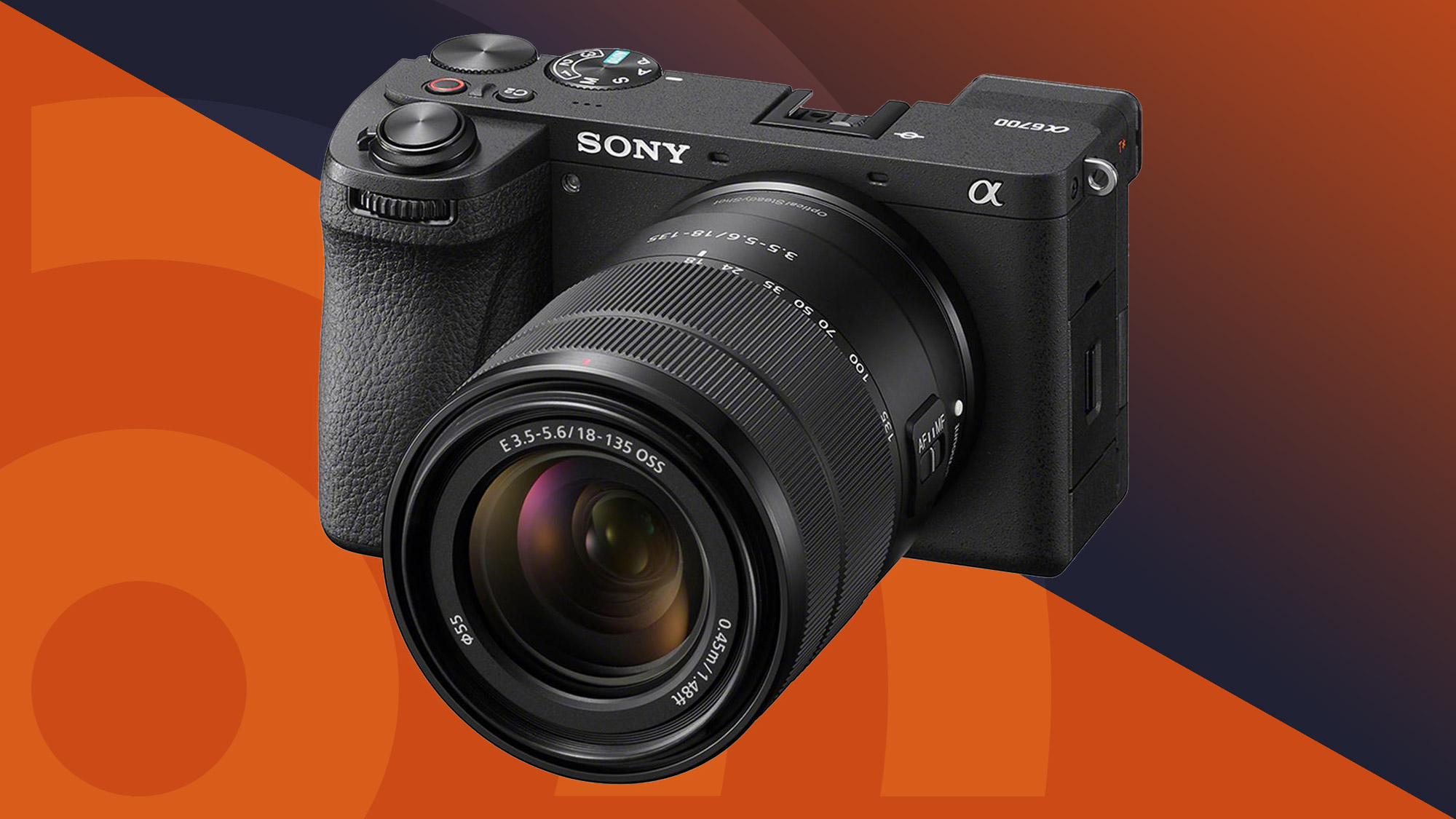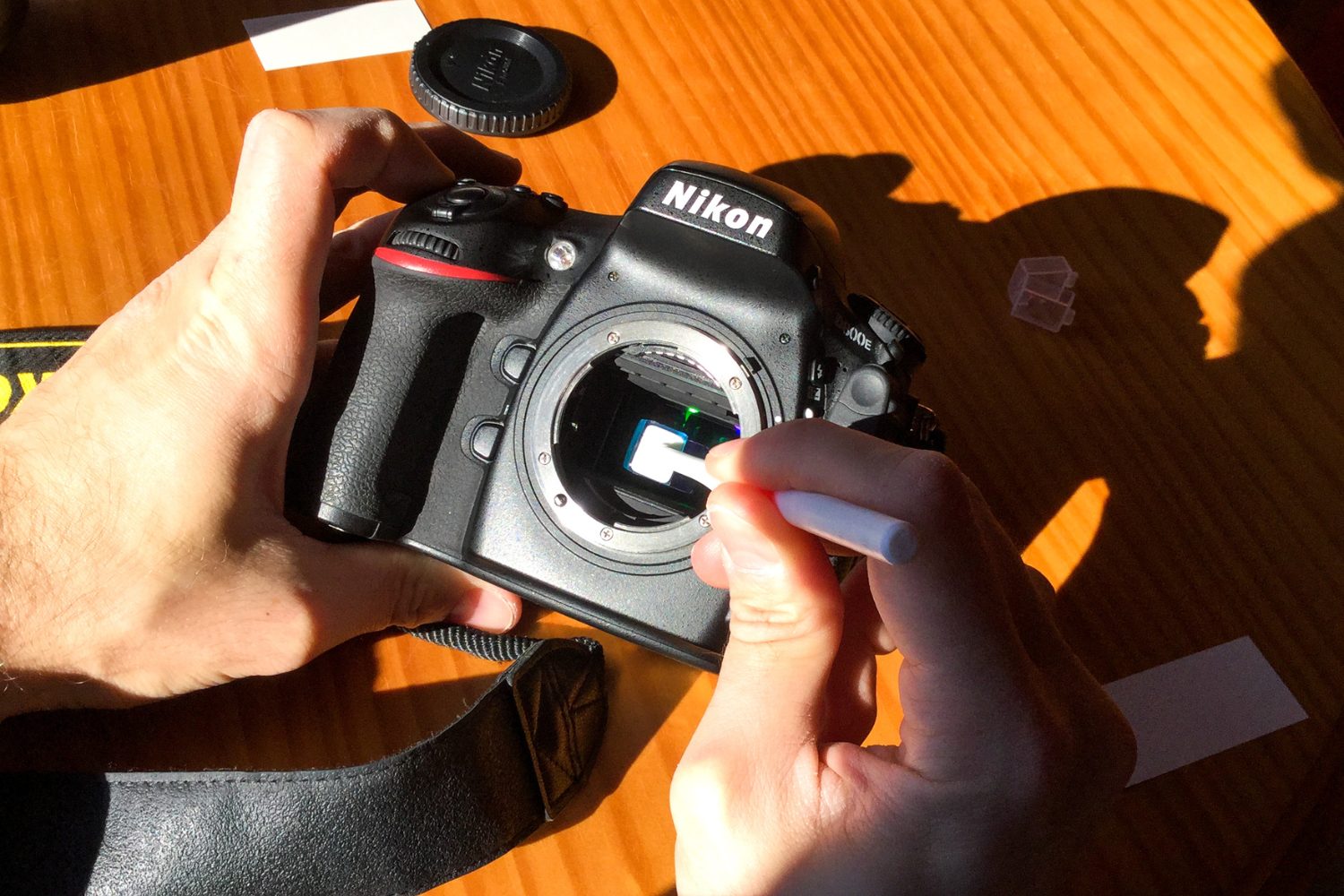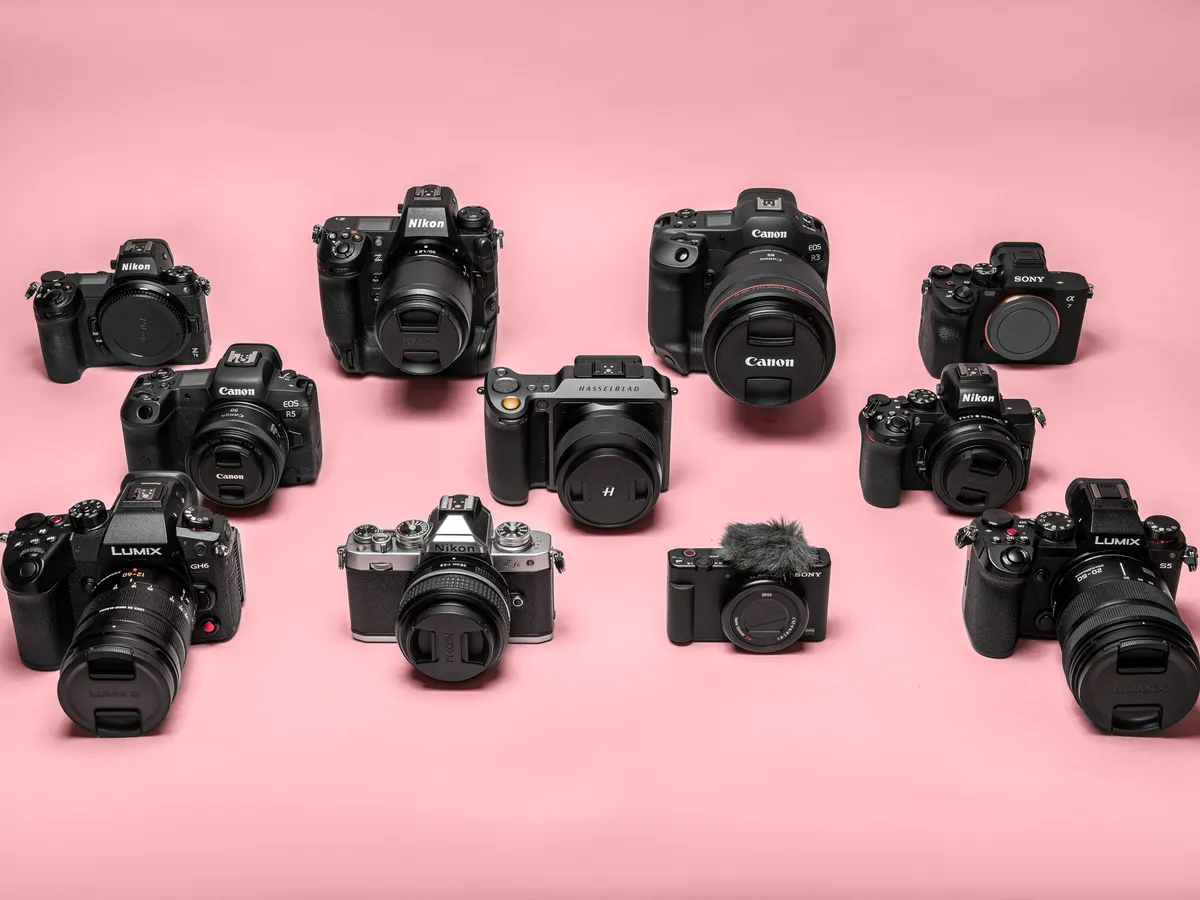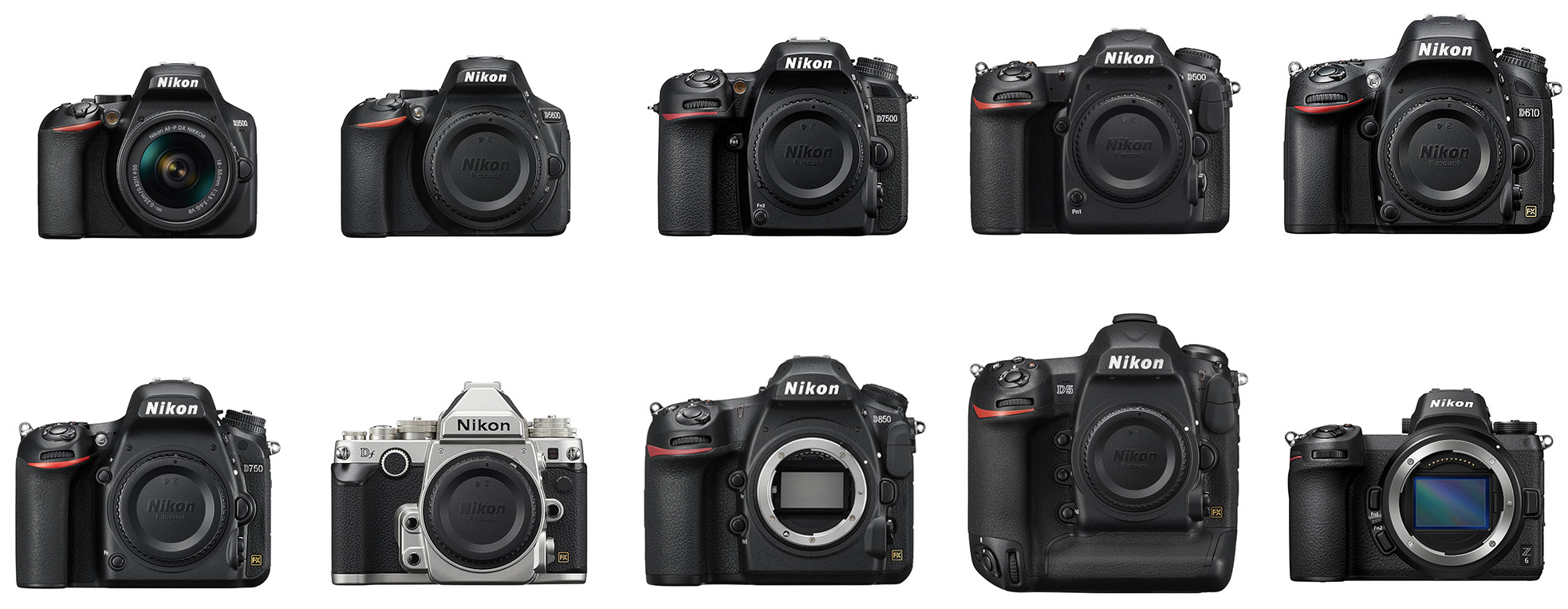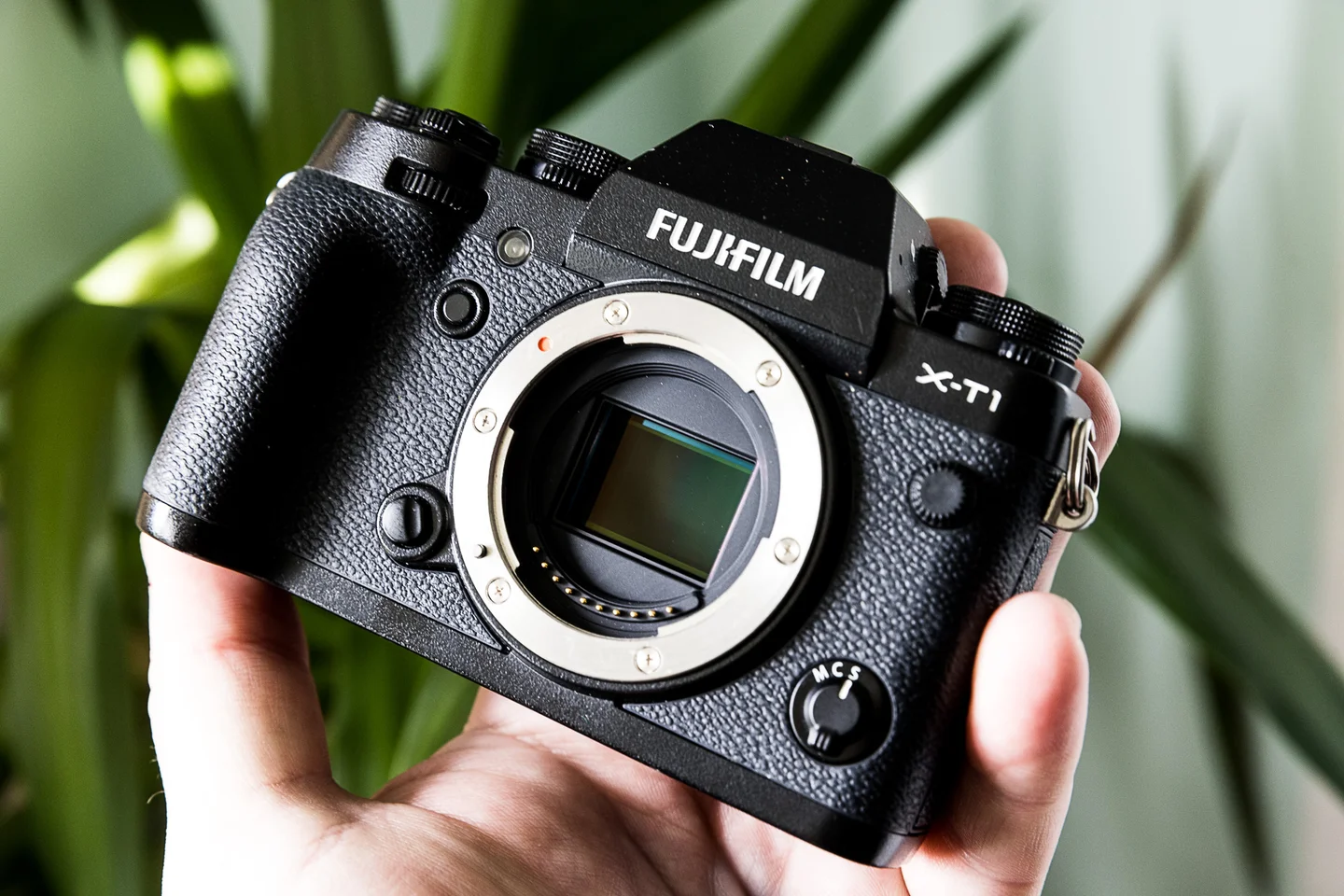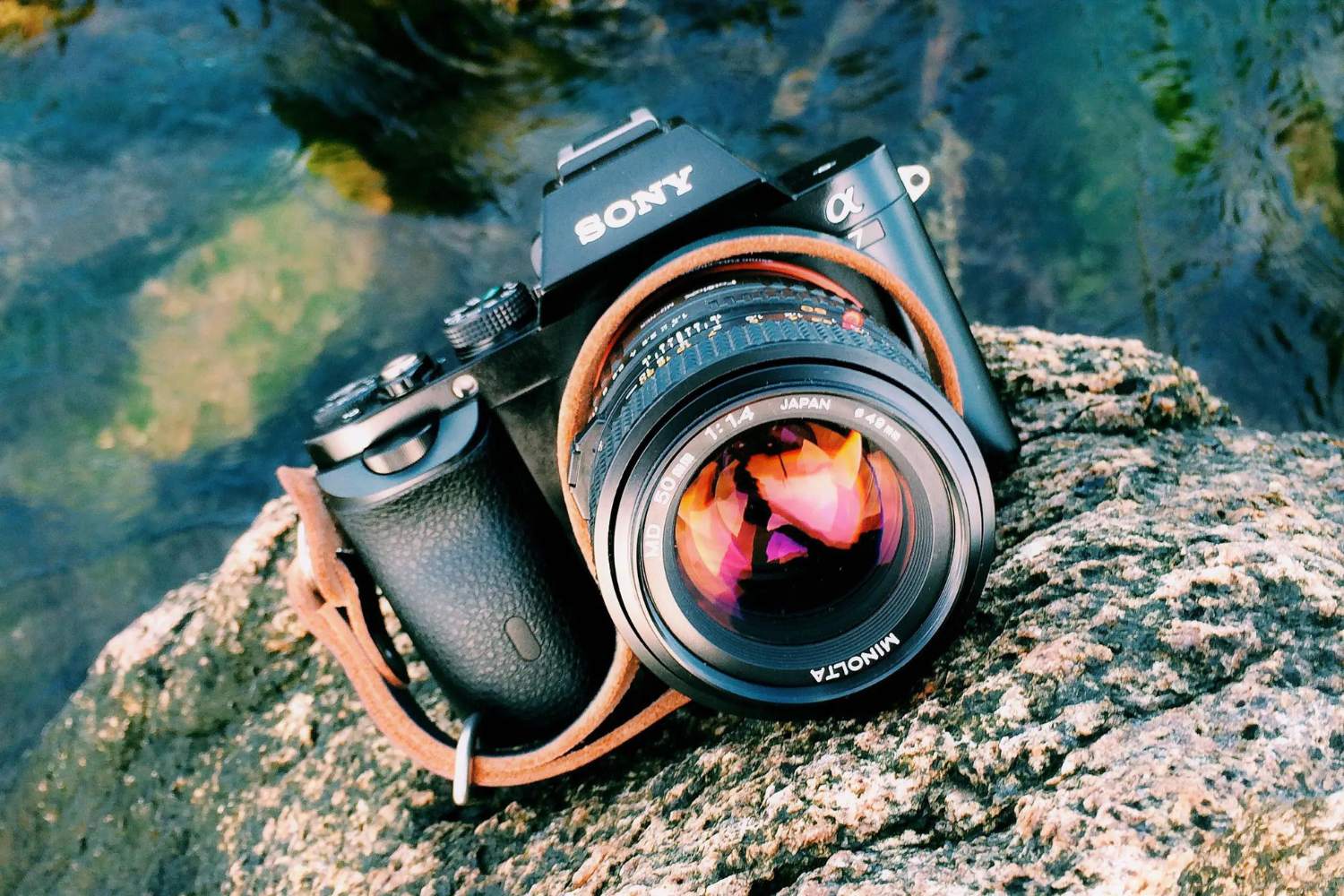Introduction
When it comes to photography, the lens is a crucial component of a camera setup. For Nikon DSLR camera users, the choice of lenses is vast, ranging from Nikon's own line of lenses to those manufactured by third-party companies. One common query among Nikon DSLR enthusiasts is whether they can use lenses from different brands on their Nikon cameras. This article aims to explore the compatibility of different brand lenses with Nikon DSLR cameras, shedding light on the advantages and disadvantages of using such lenses and providing insights into popular third-party lenses that are compatible with Nikon DSLRs.
Understanding the compatibility of different brand lenses with Nikon DSLR cameras is essential for photographers aiming to expand their lens collection or seeking specific features not readily available in Nikon's own lens lineup. By delving into this topic, photographers can make informed decisions when it comes to lens selection, ultimately enhancing their photography capabilities and creativity.
In the subsequent sections, we will delve into the intricacies of Nikon DSLR lens compatibility, the feasibility of using different brand lenses on Nikon cameras, and the advantages and disadvantages associated with such a choice. Additionally, we will highlight some popular third-party lenses known for their compatibility with Nikon DSLRs, providing valuable insights for photographers looking to diversify their lens options. Let's embark on this journey to unravel the world of lens compatibility and broaden the horizons of Nikon DSLR photography.
Understanding Nikon DSLR Lens Compatibility
Before delving into the realm of using different brand lenses on Nikon DSLR cameras, it’s crucial to comprehend the intricacies of Nikon lens compatibility. Nikon DSLR cameras are designed to work seamlessly with Nikon’s own line of lenses, ensuring optimal performance and functionality. This compatibility stems from the fact that Nikon lenses are engineered to specifically fit Nikon camera bodies, allowing for electronic communication between the lens and the camera. This communication facilitates features such as autofocus, aperture control, and in-lens image stabilization, all of which contribute to a cohesive and efficient photography experience.
Nikon DSLR cameras typically feature a lens mount known as the F-mount, which has remained consistent over the years, ensuring backward compatibility with older Nikon lenses. This means that photographers can use a wide array of Nikon lenses, ranging from modern autofocus lenses to vintage manual-focus lenses, on their Nikon DSLR bodies without encountering compatibility issues.
Moreover, Nikon DSLR lens compatibility extends to third-party lenses manufactured by reputable companies such as Sigma, Tamron, and Tokina. These third-party lenses are designed to be compatible with Nikon DSLR cameras, offering photographers additional options when it comes to lens selection. However, it’s important to note that not all third-party lenses may fully support all features of Nikon DSLR cameras, and compatibility can vary based on the specific lens model and the camera body it is paired with.
Understanding Nikon DSLR lens compatibility empowers photographers to make informed decisions when expanding their lens collection. It provides insights into the versatility and flexibility offered by Nikon DSLR cameras, allowing photographers to explore a wide range of lenses to suit their unique photographic needs and creative vision.
Using Different Brand Lenses on Nikon DSLR Cameras
While Nikon DSLR cameras are optimized for use with Nikon’s own line of lenses, many photographers are curious about the possibility of using lenses from different brands on their Nikon camera bodies. This interest often arises from the desire to explore unique lens characteristics, take advantage of specific features offered by third-party lenses, or simply to access a wider range of lens options beyond Nikon’s offerings.
It is indeed feasible to use different brand lenses on Nikon DSLR cameras, thanks to the availability of lens mount adapters and the compatibility of certain third-party lenses with Nikon camera bodies. Lens mount adapters serve as a bridge between the lens and the camera body, enabling the attachment of lenses with a different mount to the Nikon DSLR. While this opens up the possibility of using lenses from various brands, it’s important to note that the functionality and features of the lens may be impacted when using an adapter.
When considering the use of different brand lenses on Nikon DSLR cameras, photographers should be mindful of potential limitations. While some third-party lenses may offer full compatibility and functionality, others may have restrictions, such as limited autofocus capabilities or the absence of electronic communication with the camera body. Additionally, certain features, such as in-lens image stabilization, may not be fully supported when using non-native lenses.
Despite these considerations, using different brand lenses on Nikon DSLR cameras can open up new creative possibilities and provide access to specialized lenses that may not be available in Nikon’s own lineup. For example, certain third-party manufacturers are renowned for producing high-quality macro lenses, ultra-wide-angle lenses, or telephoto lenses with unique characteristics that cater to specific photographic genres.
Ultimately, the decision to use different brand lenses on Nikon DSLR cameras boils down to individual preferences, photography needs, and the willingness to adapt to potential limitations. By weighing the advantages and drawbacks of using non-native lenses, photographers can make informed choices that align with their creative vision and photographic objectives.
Advantages and Disadvantages of Using Different Brand Lenses
Using different brand lenses on Nikon DSLR cameras presents photographers with a range of advantages and disadvantages, influencing their decision-making when it comes to lens selection. Understanding these pros and cons is essential for photographers seeking to maximize the potential of their Nikon DSLR bodies while exploring the diverse offerings from various lens manufacturers.
Advantages
- Diversity of Lens Options: One of the primary advantages of using different brand lenses is the expanded range of options available to photographers. Third-party lens manufacturers often offer unique focal lengths, specialized optics, and innovative features that may not be readily available in Nikon’s own lens lineup.
- Cost-Effectiveness: Some third-party lenses provide compelling alternatives at more affordable price points compared to equivalent Nikon lenses, allowing photographers to access high-quality optics without breaking the bank.
- Specialized Lens Characteristics: Certain third-party manufacturers are known for producing lenses tailored to specific photography genres, such as macro, astrophotography, or ultra-wide-angle photography. By utilizing different brand lenses, photographers can tap into these specialized characteristics to enhance their creative output.
- Innovative Features: Third-party lenses often incorporate innovative technologies and features, offering photographers access to advancements that may not be present in Nikon’s native lenses. This includes advancements in optical design, autofocus systems, and lens coatings.
Disadvantages
- Compatibility Limitations: While many third-party lenses are designed for Nikon DSLR cameras, not all features may be fully compatible, and some functionalities, such as autofocus performance, may be compromised when using non-native lenses.
- Quality Variability: The quality and consistency of third-party lenses can vary across different manufacturers and lens models. Some lenses may exhibit optical imperfections or build quality issues, necessitating thorough research before making a purchase.
- Lack of Native Integration: Non-native lenses may not seamlessly integrate with Nikon DSLR camera systems, leading to potential inconveniences such as the absence of electronic communication for certain features or limitations in firmware compatibility.
- Resale Value and Warranty: Third-party lenses may have lower resale value and shorter warranty coverage compared to Nikon’s own lenses, impacting the long-term investment aspect of lens ownership.
By weighing these advantages and disadvantages, photographers can make informed decisions when considering the utilization of different brand lenses on their Nikon DSLR cameras, aligning their choices with their specific photography requirements and creative aspirations.
Popular Third-Party Lenses Compatible with Nikon DSLR Cameras
Several renowned third-party manufacturers have garnered acclaim for producing high-quality lenses that are compatible with Nikon DSLR cameras. These lenses offer diverse focal lengths, exceptional optical performance, and innovative features, providing Nikon users with compelling alternatives to Nikon’s native lens offerings. Below are some popular third-party lenses known for their compatibility with Nikon DSLR cameras:
Sigma Art Series
Sigma’s Art series lenses have gained widespread recognition for their superb optical quality and craftsmanship. These lenses are designed for discerning photographers and are available in a variety of focal lengths, including wide-angle, standard, and telephoto options. The Art series is celebrated for its exceptional sharpness, beautiful bokeh, and robust build quality, making it a popular choice among Nikon DSLR users seeking premium optical performance.
Tamron SP Series
Tamron’s SP (Super Performance) series encompasses a range of lenses tailored for professional and enthusiast photographers. These lenses are revered for their advanced optical designs, incorporating features such as vibration compensation (VC) for enhanced image stabilization and moisture-resistant construction for durability in various shooting conditions. The SP series offers versatile zoom lenses, macro lenses, and telephoto options, catering to a wide spectrum of photographic needs.
Tokina AT-X Pro Series
Tokina’s AT-X Pro series comprises lenses known for their optical excellence and robust construction. These lenses are designed to deliver exceptional image quality and are favored by photographers for their reliability and consistent performance. The AT-X Pro series includes wide-angle zoom lenses, ultra-wide-angle lenses, and telephoto zoom lenses, providing Nikon DSLR users with a diverse selection of high-quality optics.
Rokinon/Samyang Prime Lenses
Rokinon (also marketed as Samyang) is acclaimed for its prime lenses, particularly in the realm of manual focus and cine lenses. These lenses are prized for their exceptional optical characteristics, including impressive sharpness and minimal distortion. Rokinon/Samyang prime lenses are available in various focal lengths, catering to photographers and videographers seeking superior optical performance and creative control.
These are just a few examples of the many third-party lenses that are compatible with Nikon DSLR cameras. Each of these manufacturers offers a diverse lineup of lenses designed to meet the demands of photographers across different genres, ensuring that Nikon users have access to a wide array of high-quality optics to elevate their photographic endeavors.
Conclusion
Exploring the compatibility of different brand lenses with Nikon DSLR cameras unveils a world of possibilities for photographers, offering a diverse range of lenses to cater to various creative visions and photographic needs. While Nikon’s own line of lenses provides exceptional quality and seamless integration with Nikon DSLR bodies, the option to use third-party lenses expands the horizons of lens selection, presenting both advantages and considerations for photographers to weigh.
Understanding the nuances of Nikon DSLR lens compatibility is essential for photographers seeking to leverage the full potential of their camera systems. It empowers them to make informed decisions when expanding their lens collection, whether by embracing Nikon’s native lenses or exploring the offerings from esteemed third-party manufacturers.
By delving into the advantages and disadvantages of using different brand lenses, photographers can navigate the complexities of lens selection with clarity and purpose. They can harness the diversity of lens options, specialized characteristics, and innovative features offered by third-party lenses while being mindful of potential compatibility limitations and long-term considerations.
Furthermore, the spotlight on popular third-party lenses compatible with Nikon DSLR cameras showcases the exceptional optical performance and craftsmanship that these manufacturers bring to the table. This insight equips photographers with knowledge of the available alternatives, enabling them to make well-informed choices aligned with their specific photographic pursuits.
In essence, the world of Nikon DSLR lens compatibility is rich with opportunities for photographers to expand their creative potential and elevate their photographic output. Whether through the utilization of Nikon’s own lenses or the integration of third-party offerings, photographers can embark on a journey of exploration, innovation, and artistic expression, supported by a diverse array of lenses that enhance their ability to capture the world through the lens of a Nikon DSLR camera.







